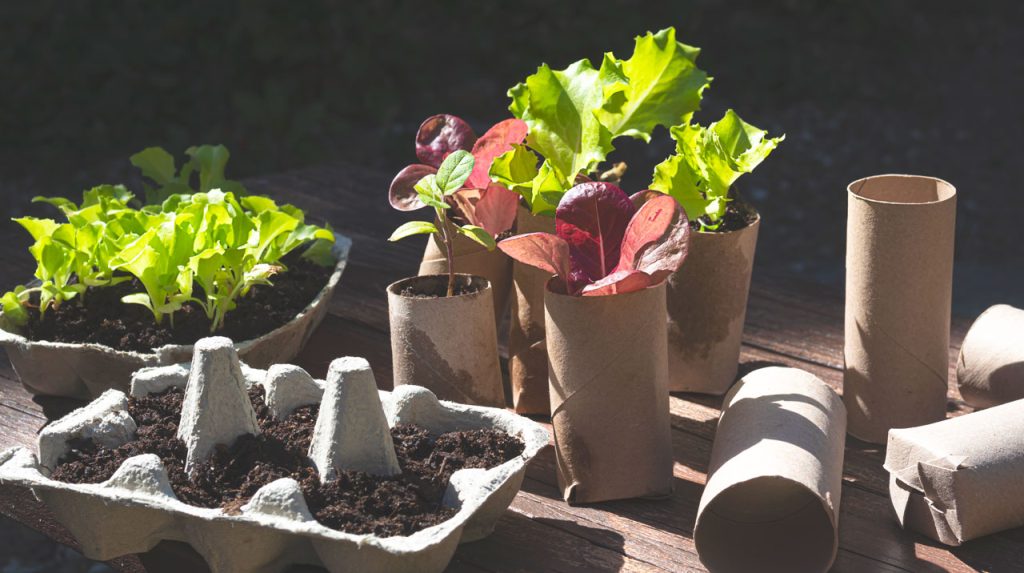
For several billion years, the world has existed without landfills. One species’ waste is another species’ food source. Organic materials die and are returned to the soil.
A circular economy is like nature itself: raw materials are used, reused, and returned to play a new role or perform a new function. The selection of raw materials used to manufacture goods is carefully considered and chosen based on the ability to be reused, not simply recycled.
Take-Make-Dispose
In contrast to the circular economy, we–all of us–currently exist in a “linear economy”. Goods are sourced and then used to manufacture products. When those goods are spent, they are usually disposed of in landfills. Sometimes they’re recycled; most times, they are not. Take. Make. Dispose. This is not sustainable.
Make-Use-Recycle
In a circular economy, after products are used, they are not sent to a landfill. They are taken apart, and the individual components are reused. Waste and pollution are considered process design flaws.
A circular economy provides an “upstream” solution: the “downstream” step when a product is recycled or sent to a landfill is diverted earlier in the design process. The product never makes it to the point where it needs to be recycled or thrown away.
The concept is part of an overall strategy to reduce the effects of climate change. A circular economy promotes renewable energy. It promotes the reuse of existing materials, and less extraction of new raw materials for the production of new products promotes environmental responsibility.
Energy efficiency and the use of non-toxic materials in manufacturing are promoted. The circular economy has the potential to reduce greenhouse gas emissions.
Canada has begun dedicating resources to studying and implementing projects related to a circular economy. “It’s about using valuable resources wisely, thinking about waste as a resource instead of a cost, and finding innovative ways to better the environment and the economy.”
How Does This Affect Hotels
In the Hospitality industry, moving toward a circular economy is challenging. The changes that will lead to this new economy have not been implemented as policy in most countries. There are steps we can take toward this goal, however.
Take an inward look at how your Hotel functions in terms of the resources you use, the smart automation you’ve implemented, the waste and emissions your property generate, in which areas, and the design of your building.
If you rely on an EMS to track energy usage, you’re one giant step ahead of your competitors who don’t. Promote your investment in sustainability in your marketing strategy. Your “green” commitment matters to your customers.
Take a closer look at your suppliers. Do they support sustainability actions across the supply chain?
Are your stakeholders committed to or at least open to taking action?
One concept currently being tested in circular economy projects is the idea that products would be “rented” rather than purchased and later returned to the manufacturer for reuse while they obtain new goods from the same manufacturer. This model can benefit the manufacturer with brand loyalty and continued business with that company. Benefits for the purchaser include the manufacturer having a better understanding of your preferences and your business.
Summary
The time has come to transform our throwaway economy into one in which waste is eliminated, resources are circulated, and nature is regenerated. It’s the key to a more sustainable future. Sharing, reusing, repairing, reconditioning, and recycling: imagination and ingenuity will go a long way in achieving this goal.




